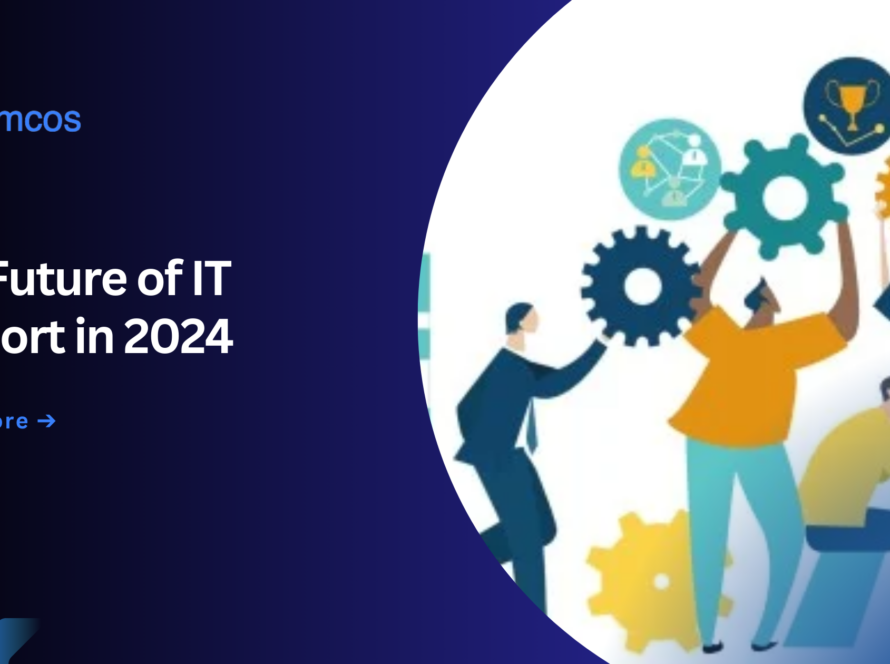SMB Trends are going to play a major role this year. As we approach 2025, technology continues to open up new opportunities and challenges for small and medium-sized businesses. In 2023-24, nearly 5.5 million new businesses were launched in the US. This set a new record, 56.7% higher than the number seen in 2019. The pandemic played a key role in fueling this wave of new businesses, with 2021 and 2022 also seeing over 5 million new businesses each year. As a result, small businesses are likely to have a significant impact on both the US and global economies for years to come.
Table of Contents
SMB Trends As per Justin Trudeau
As Justin Trudeau aptly stated, “The pace of change has never been this fast, yet it will never be this slow again.”
This statement is particularly relevant for business leaders who are a part of this increasingly technology-driven world. Consider the example of Blockbuster and Netflix: Netflix recognized the technological shift and adapted, while Blockbuster did not. Blockbuster’s failure to embrace digital transformation serves as a warning, while Netflix’s success highlights the benefits of staying ahead of the curve. By future-proofing your business, businessmen avoid the same fate as Blockbuster. Businesses that continue to rely on outdated methods risk falling behind, while those who embrace new technologies are often better equipped to face future challenges.
Understanding SMBs
A business with 1 to 20 employees is typically categorized as small, while companies with 21 to 100 employees are considered medium-sized. This is the standard classification for SMBs (small and medium-sized businesses). The term SMB is helpful for analysts and researchers who are trying to distinguish between the IT needs of large corporations and the unique challenges faced by smaller businesses. Another important factor in defining an SMB is its annual revenue.
Small businesses are generally those with less than $50 million in yearly revenue, while medium-sized enterprises typically have revenues ranging from $50 million to under $1 billion. SMBs, as a collective group, possess the ability to transform entire industries, shape the future of enterprise software, and significantly influence the way we all work.
Tech growth in SMB sector
The good news is that technology is no longer just for large corporations with endless resources. Today, businesses of all sizes have access to powerful tools that transform operations, reach new customers and stay competitive. However, the key is not simply adopting technology for the sake of it, but using it in ways that align with business objectives and meet customer needs.

Many businesses still believe that emerging technologies are too expensive or complex, but in reality, technology is to be integrated gradually and affordably, allowing businesses to be “future-proof” without requiring costly, large-scale overhauls. This article aims to help small and medium scale business leaders understand the key technologies that will shape business in 2025 and beyond. It provides practical advice on how to integrate these technologies, address cybersecurity challenges, use real-world examples and implement cost-effective strategies to stay ahead of the competition.
6 SMB Trends in 2025
1. Generative AI becomes a mainstream for small businesses
Generative AI is transforming how small businesses operate, providing powerful tools to increase efficiency, even for businesses with limited staff. Searches for small business AI have risen by 1800% in the past five years, highlighting the growing interest among entrepreneurs. AI tools are automating tasks across industries, from Codeium assisting programmers with code completion to AI-driven platforms like Designs AI, this automation reduces costs and improves productivity. With two-thirds of small business owners planning to adopt AI within this year, it’s clear that generative AI is becoming a standard tool for driving growth and efficiency.
2. Low-code and No-code Development Platforms
Creating custom applications was once a complex and costly process, but that’s no longer the case. Low-code and no-code platforms now enable small and medium-sized businesses (SMBs) to build personalized applications without requiring deep technical knowledge. In 2025, these platforms will be essential in helping SMBs simplify their business operations, enhance customer experiences, and maintain flexibility in a rapidly changing market.
3. Small business commerce shifts online as per SMB Trends
E-commerce now represents 20% of global retail sales, with projections suggesting it will reach 22.7% by 2027. Small and medium-sized businesses (SMBs) are embracing online channels, with nearly 80% leveraging digital platforms to grow. Tools like Semrush help SMBs enhance their online presence with effective SEO strategies, boosting search rankings and driving sales. For example, Hepper, a cat furniture brand, saw a 2964% revenue increase using Semrush. Additionally, platforms like Amazon, Etsy, and Shopify allow SMBs to expand their reach and generate sales, making it crucial for them to optimize their e-commerce strategies for sustained growth.
4. Local SEO & Digital Presence becomes a must for Small Businesses

With an increasing number of consumers turning to e-commerce and digital platforms to find local businesses, local SEO has become a crucial factor in connecting with new customers. Google Search and Google Maps are the primary tools customers use to discover businesses, and those who rank high on these platforms often unlock new, valuable customer bases. Beyond local searches, the rise of social media and the shift towards digital advertising further highlight the importance of having a well-established digital presence.
Small businesses without websites or an optimized online strategy risk falling behind in a highly competitive landscape. To remain relevant and grow, small businesses must embrace digital tools and local SEO, ensuring they can be found easily by their target audience.
5. Increasing role of IoT in Business Operations
IoT is transforming how SMBs oversee their operations. Smart devices that track inventory and sensors that monitor equipment performance are just the beginning. By 2025, IoT technology will become more affordable and customized for SMBs, offering new opportunities to boost efficiency, reduce costs, and encourage innovation. With real-time data collection and analysis, IoT solutions can enhance decision-making and improve the overall customer experience. SMBs will be able to automate processes, predict maintenance needs, and optimize resource management, helping them scale operations and remain competitive in an increasingly digital marketplace.
6. SMB Trends say : Cybersecurity becomes a top priority

As cyber threats continue to evolve, small and medium-sized businesses (SMBs) are increasingly targeted by cybercriminals. By 2025, cybersecurity will shift from being a reactive approach to a proactive investment, requiring businesses to adopt more robust security measures. Solutions like multi-factor authentication (MFA), zero-trust security frameworks, and AI-powered threat detection tools will become essential to safeguard sensitive information and ensure business continuity, preventing costly data breaches and reputational damage. Implementing these technologies will help SMBs stay ahead of emerging threats, providing stronger protection for both customer and company data.
Real-World Examples for SMB Trends: SMEs Using Technology to Drive Growth Tech Success Stories
Small and medium-sized businesses (SMEs) worldwide are turning to technology to fuel their growth. For instance, a café in Melbourne, Australia, enhanced its customer experience by adopting an app for contactless ordering, offering more convenience to customers. In South Africa, a design firm embraced cloud-based tools, allowing them to collaborate with clients globally while keeping their costs low. Meanwhile, an SME in the US logistics industry implemented IoT technology for inventory management, leading to a 30% reduction in stock discrepancies.
Key Takeaways
These businesses experienced increased operational efficiency, better customer satisfaction, and revenue growth. While they faced challenges like initial reluctance to adopt new systems and the learning curve associated with new technology, the long-term advantages far surpassed these early difficulties.
Preparing for What’s next?
Preparing for the upcoming SMB trends for tech-enabled and forward-thinking SMBs & Startups is way too necessary for growth and removing friction. Himcos delivers tangible results with AI infused services to speed up the digital-first initiatives, reduce errors and automate repetitive tasks for significant cost savings.



